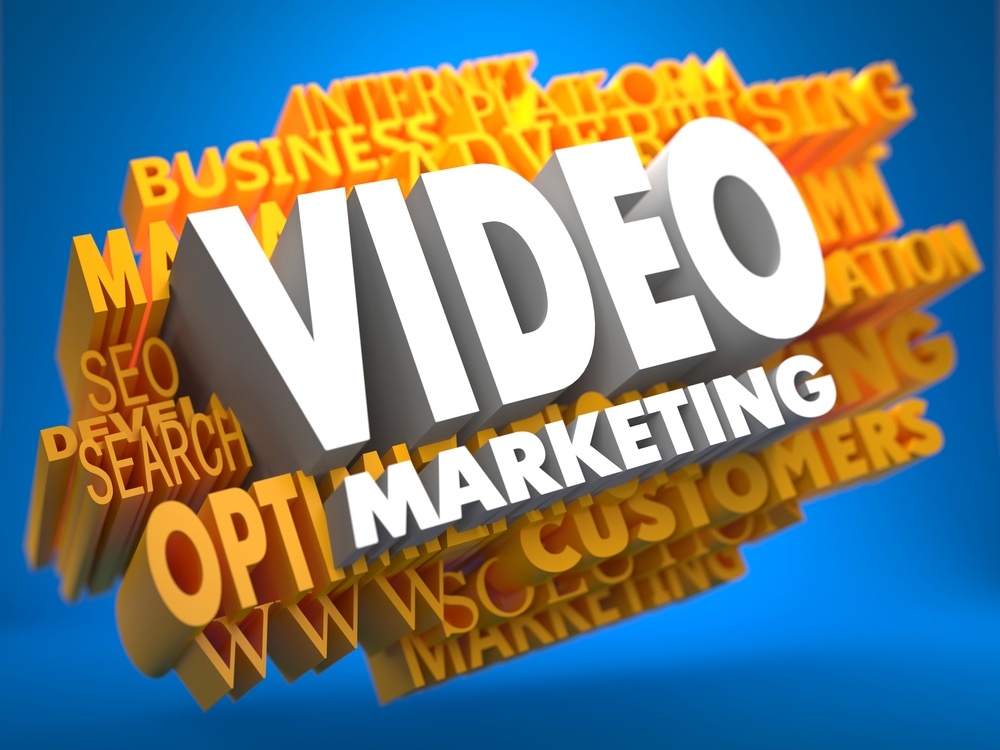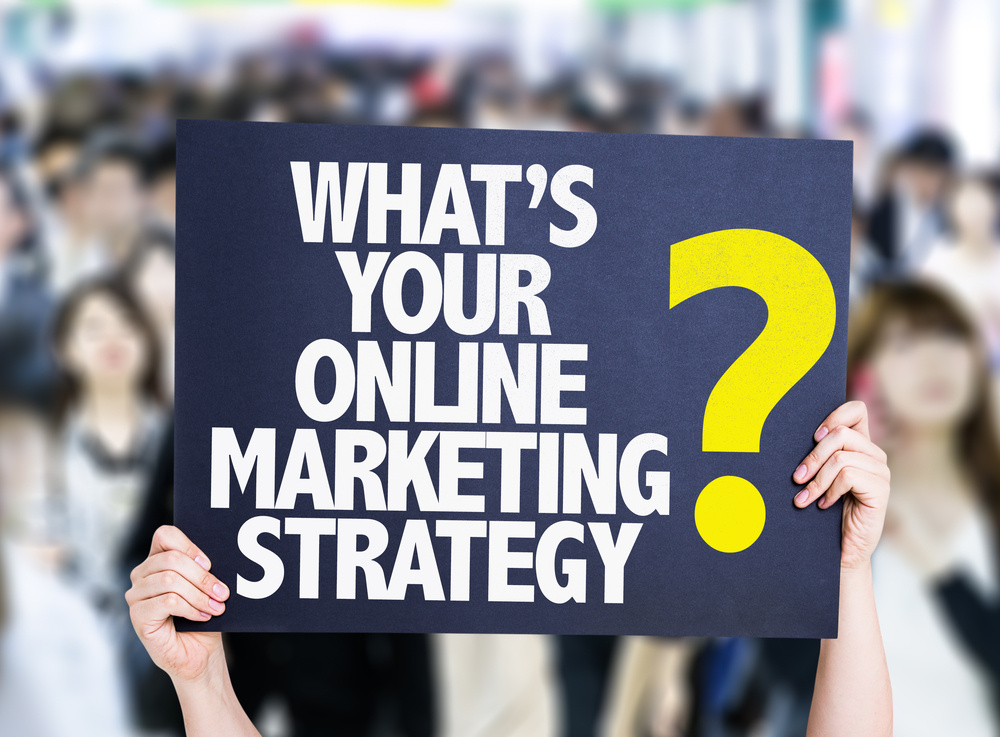In the customer journey, the middle of the funnel (MOFU) is where leads begin evaluating options, determining if your product or service can meet their needs. While the top of the funnel focuses on attracting and engaging a broad audience, the middle is crucial for nurturing leads, building trust, and positioning your solution as the ideal choice. Many companies have optimized their MOFU strategies and significantly increased their revenue by tailoring their approach to this phase. Let’s explore how you can do the same.
1. Understanding the Middle of the Funnel: What Does It Mean?
The middle of the funnel is the consideration phase, where your audience is interested but needs more information before making a decision. It bridges the gap between awareness and conversion, and an effective MOFU strategy can lead to higher conversion rates and improved customer loyalty.
Middle-of-the-funnel content typically includes:
- Case studies demonstrating customer success stories
- Webinars addressing industry pain points
- Whitepapers or guides with insights for informed decisions
- Comparison charts to differentiate your brand
- Email nurturing campaigns to build ongoing engagement
Example: HubSpot uses detailed customer case studies tailored to specific industries. By highlighting these success stories, HubSpot showcases the results clients have achieved with its platform, leading to increased sales in target sectors.
2. Crafting Valuable Content for the Consideration Phase
Content that resonates with your audience’s needs builds trust and encourages ongoing engagement. Here are some impactful MOFU content types and examples:
-
Case Studies and Testimonials: Real-world examples and customer stories are persuasive. Share stories from clients in similar industries to show how your product solved specific challenges.
-
Product Comparisons: Use comparison guides or tools to highlight the benefits of your solution over competitors. For example, a side-by-side comparison can clarify unique advantages and address doubts.
-
Webinars and Product Demos: These offer a closer look at your solution and a chance for leads to engage directly.
Example: Dropbox targeted B2B clients with webinars focused on team collaboration and security features, both of which were key differentiators. These webinars helped increase conversions by 29% as leads better understood the benefits over traditional file-sharing methods.
3. Email Nurturing Campaigns: Keeping Your Brand Top-of-Mind
Email nurturing is crucial in the middle of the funnel. Targeted email campaigns can educate, re-engage, and move your audience toward conversion. Here’s how:
-
Segment Your Audience: Divide leads by interests, demographics, or behaviors to make emails highly relevant.
-
Content Series: Develop a sequence delivering valuable content, gradually moving from education to product comparisons and customer stories.
-
Use Personalized Messaging: Address recipients' specific pain points and tailor content to show how your product can help them directly.
Example: Zendesk runs segmented email nurture campaigns, focusing on pain points across various industries like e-commerce and customer support. This strategy contributed to their revenue growth, as prospects received industry-specific information and real-world use cases that reinforced Zendesk’s value proposition.
4. Leverage Retargeting Ads to Re-Engage Leads
Middle-of-the-funnel audiences are ideal for retargeting. Digital retargeting reminds leads of your brand, particularly if they’ve engaged with your website or content but haven’t yet converted.
-
Display Ads with Product-Specific Messaging: Retarget leads with ads that highlight specific features or competitive advantages.
-
Dynamic Product Retargeting: For e-commerce, dynamic ads can display products viewed, giving a gentle nudge to return and complete the purchase.
Example: Shopify uses retargeting ads focused on its unique features, like integrated analytics and scalability, to re-engage businesses that may be considering other platforms. This approach led to a 20% increase in conversion rates among MOFU leads.
5. Optimize Landing Pages for Middle-of-the-Funnel Conversions
Landing pages play a critical role in converting leads in the middle of the funnel. A strong MOFU landing page is clear, benefit-focused, and aligns with the promoted content or offer.
-
Include Social Proof: Testimonials, review scores, or client logos boost credibility.
-
Clear CTAs and Easy Next Steps: Make it simple for leads to book a consultation, download a case study, or start a free trial.
-
Mobile Optimization: Many MOFU leads research on mobile devices, so ensure pages are mobile-friendly to reduce bounce rates and improve engagement.
Example: Salesforce optimized its landing pages with customer testimonials and “Request a Demo” CTAs. This focus on social proof and easy next steps contributed to a 17% increase in middle-of-the-funnel conversions, enhancing its revenue by nurturing leads ready to consider their options.
6. Align Sales and Marketing for Seamless Lead Handoffs
The middle of the funnel is where sales and marketing collaboration is vital. Marketing creates content and touchpoints addressing buyer concerns, while sales continues nurturing qualified leads toward a purchase.
-
Set Up Clear Handoff Criteria: Define when a lead should pass to sales, using engagement level, lead score, or actions like attending a webinar or downloading a high-value resource.
-
Use CRM Data to Personalize Outreach: Ensure sales has access to marketing data, so they know exactly what content the lead has engaged with.
Example: Microsoft aligned sales and marketing teams to better nurture leads interested in cloud solutions. Sales reps reached out with context on each lead’s journey, yielding a smoother transition and a noticeable rise in conversions and revenue.
Conclusion
The middle of the funnel is where potential buyers transition from interest to serious consideration, and effective MOFU strategies are essential for bridging that gap. By creating valuable content, nurturing leads through email, leveraging retargeting ads, and aligning sales and marketing efforts, you can build trust with prospects and move them closer to conversion.
Done right, middle-of-the-funnel marketing not only increases conversion rates but also cultivates long-term customer relationships. Meeting your leads’ needs during this stage sets the stage for a smoother sales process and improved customer satisfaction. Investing in MOFU strategies like these will yield returns as your leads move confidently toward choosing your solution.

A.H Brands
.png?width=500&height=200&name=Its%20Pet%20Cancer%20Awareness%20Month%2c%20and%20were%20committed%20to%20educating%20people%20about%20pet%20cancer%20and%20available%20resources.%20Innovative%20treatments%20now%20harness%20pets%20own%20immune%20systems%20to%20treat%20and%20manage%20va%20(13).png)
















